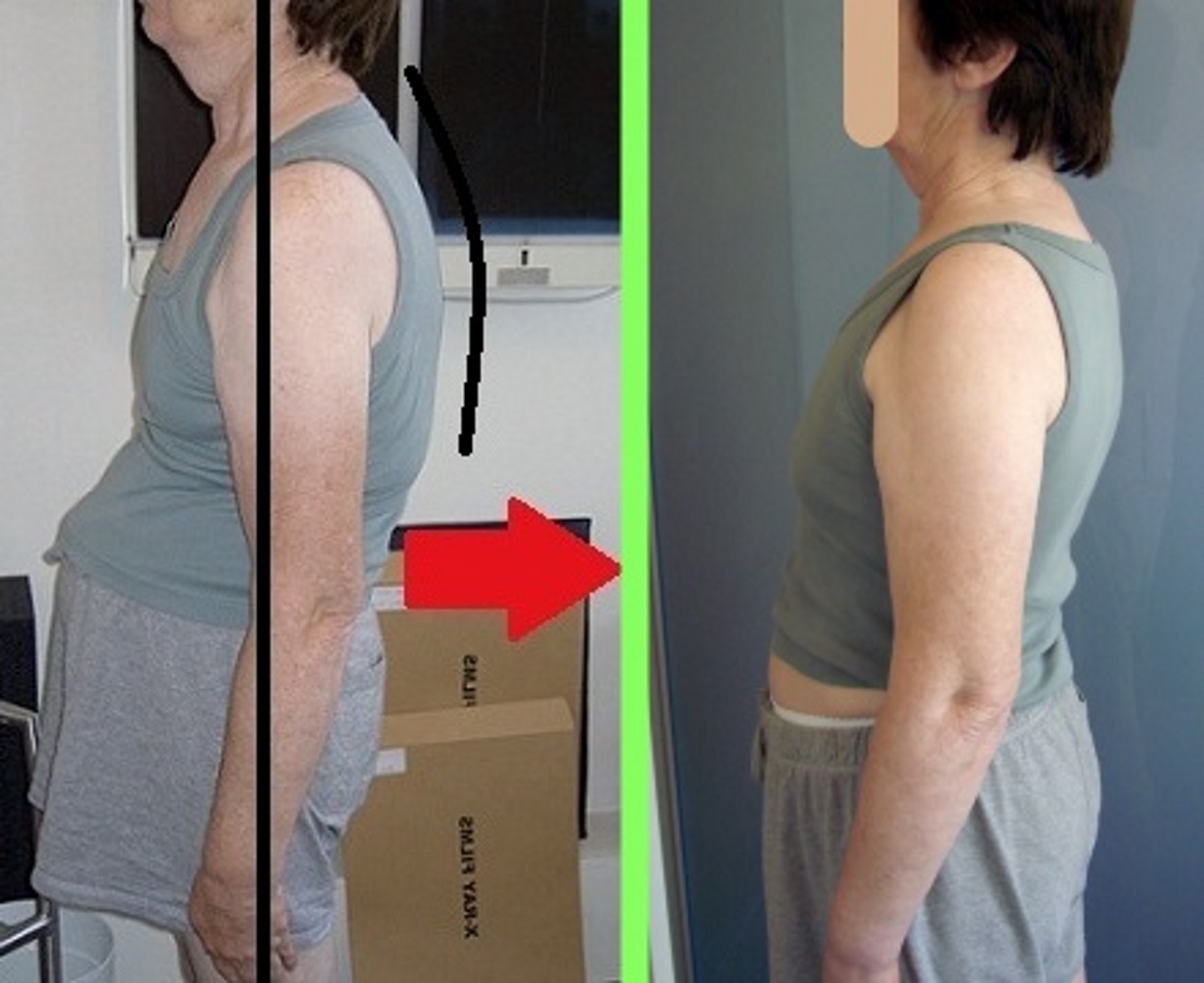
Posture: Finding The Right Doctor
There are very few healthcare professionals who have studied the geometry of the spine in any great detail. Most who learn about posture learn about a low shoulder, the forward head, the sway back, the weak core, but few correlate these observations with what lies beneath – the spine and central nerve system.
To understand the running of your car, you wouldn’t make a diagnosis by studying only how the car drives or how it looks on the outside; you would look under the hood at the engine. If you want to understand a long-standing posture issue that refuses to change, you must look to the structure or alignment of the spine.
Posture Analysis
The only way to fully understand the structure of the spine (regardless how gifted your practitioner is with touch) is to take a picture and study that picture using mathematics. An x-ray or MRI is preferable and a Posture Analysis an excellent option for understanding the bony alignment of your spine and ultimately your body posture.
Not everyone needs a Posture Analysis, especially if you have good body symmetry, but if you have had ongoing trouble, despite seeing numerous healthcare practitioners and trying various exercise regimes, then it is more than likely you have a structural problem and may benefit from having an analysis.
Choosing a practitioner
Choosing a healthcare professional to help you with your posture is complicated. Most people out there talking about posture, have no or little experience taking and/or reading/measuring x-rays.
So although a personal trainer or fitness instructor may offer great support and a challenging exercise program, it’s important to recognize that they are using a functional approach.
Functional vs Structural
A functional approach focuses mainly on body function. Daily function and mobility is very important, but it doesn’t address the underlying cause of chronic postural issues – the structural alignment of the body and spine.
If you want to understand what has happened to the alignment of your body, it may be wise to choose a healthcare practitioner:
- who understands spinal structure (ideally radiology was part of their university education)
- who is a qualified primary healthcare physician/practitioner and not a trainer or therapist or instructor – although I have met many brilliant trainers and therapists!
- who is trained to offer neurological spinal examinations (MDs, Chiropractors, Osteopaths for example)
- who challenges you to do the things you say you’ll do, and is not necessarily the most sympathetic
Remember, a one-size-fits-all approach is fine, if you have good body symmetry. But for those of you who – despite having tried various treatments and exercise regimes – still have pain and dysfunction, you need a structural solution. Ideally a qualified healthcare practitioner who truly understands spinal alignment. Someone qualified to look under the hood of your car and know how to interpret what they find.

Free Posture Video Crash Course!
Discover the crazy, simple 3-step formula that will teach you how to improve your posture and flexibility like a pro. You will learn how to hardwire the habit of good posture, reduce forward head and the secret way to stop slouching. It's 100% free!






